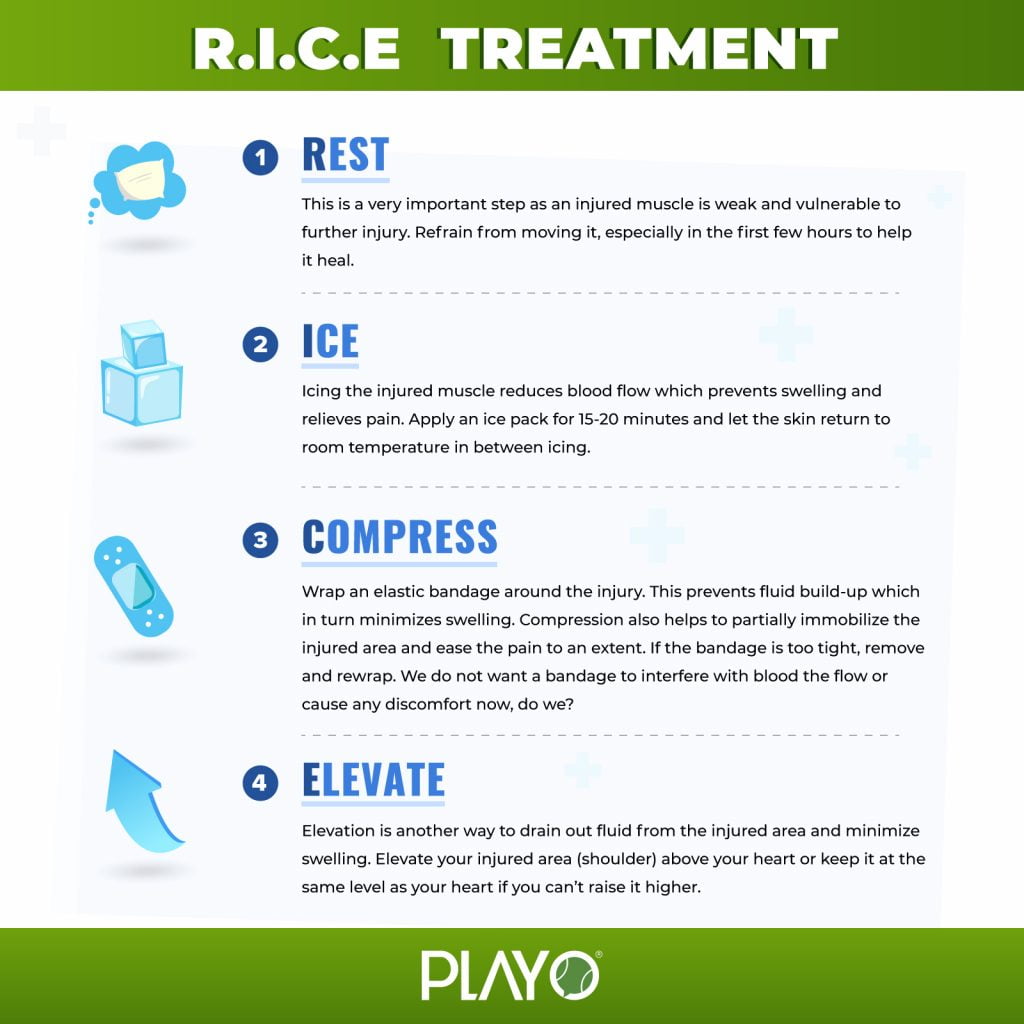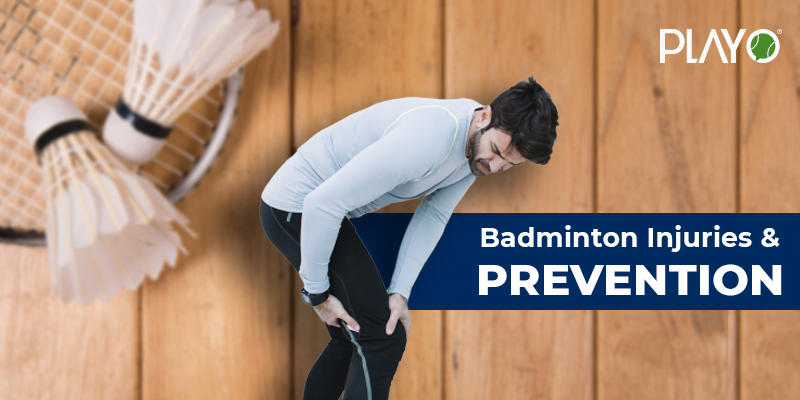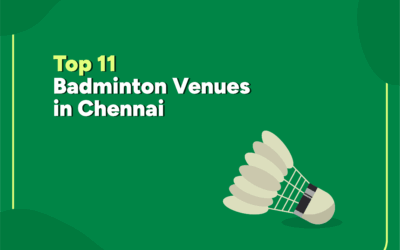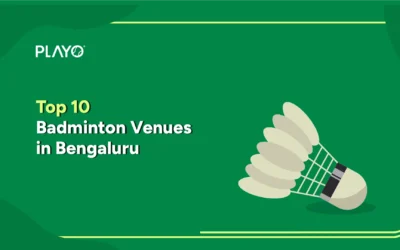In the world of badminton, sports injuries are quite common. They can occur at any time and it can happen to anyone. So it is always better to know what are the common injuries and how we can prevent them from occurring and even how to make sure we are not a victim to these injuries.
Injuries can set us back for a long time. Not just for weeks but even for months. This experience can be quite stressful and traumatic for some players who may be apprehensive to get back to the sport. This is why it is smart to certain things that will help in preventing these injuries from occurring.
Here are 3 common badminton injuries and how we can prevent them:
#1. Knee twist:
In badminton, twisting the knee is very common. This means completely or partially tearing the ligaments that join our two main leg bones together at the knee. Mainly it is the ACL ( anterior cruciate ligament ) that gets injured or torn during badminton.
ACL is one of the ligaments that connect the two main bones and is in the centre of the knee. This ligament is often torn by a sudden twisting movement. It takes a lot of force to tear an ACL. You can also injure your ACL while chasing directions suddenly while moving.
You can damage this ligament, tear it partially or even completely.
Recognising an ACL injury:
While playing badminton if you land incorrectly and your knee twists inwards or you have gone for a shot over the head but you knee twists inside it is possible that you have injured your ACL.
You may not realise that you have injured it in some cases. In some cases, you hear a popping sound which could mean you have torn your ACL.
Mostly the knee starts to swell and you may or may not feel pain. But when you do feel pain it can be unbearable depending on the degree of injury.
What should you do when you injure your ACL?
As soon as you have injured your ACL you should remember never to load it. This means you should not bear any weight on it and you shouldn’t stand up on that leg either.
You should immediately get ice and apply it to the knee to reduce the inflammation.

Make sure to elevate your knee and try not to move it at all. If the pain is unbearable, taking a pain killer is advisable.
What is the diagnosis?
On having this kind of injury going to the doctor is the best option. The doctor will make you take an X-ray if required. But more importantly, he will make you get an MRI to determine the extent to injury that has occurred to the ACL.
If it is partially torn, the doctor will put you on a special programme for strengthening the surrounding muscles.
He may even put you on a knee brace to stabilise the area. Surgery may or may not be required.
If there is a complete tear, then a surgery will be required so as to replace the torn ACL.
Post ACL surgery special rehabilitation programmes are given which should be followed to the T as if it is not then getting back to any sport becomes pretty challenging.
Prevention and tips for prevention:
ACL injuries can be avoided if the muscles that surround the knee are strong and even flexible. Prevention focuses on muscle and nerve control.
- Exercises should be done to increase the muscle power, balance and improve core strength and stability.
- Training all throughout the year with special focus on strength and conditioning.
- Focus on landing correctly after jumping. Keep practising the correct technique
- Maintain a crouch and bend at the knees and hips, specially while pivoting. This reduces the pressure on the ACL.
- Make sure you strengthen your hamstring and quadriceps muscles. These muscles work together to bend or straighten the leg.
- Always stretch after play and warm up properly before play. This will help in flexibility and mobility.
- Do a lot of core stability exercises
- Balancing exercises specially with the eyes closed will help in maintaining balance while landing after jumping.
#2. Rotator Cuff Injury:
Injuring or straining the shoulder rotator cuff is very common in badminton. While hitting strokes, the shoulder is always involved, hence should pain can occur in badminton players due to repeated stress on the shoulder.
The rotator cuff muscles are small muscles situated around the shoulder joint which can get damaged while playing continuous badminton.
A rotator cuff is a group of muscles and tendons that surround the shoulder joint which keeps the bone of your upper arm firmly in place within the shoulder socket.
Injuries to this area often occur when people repeatedly perform overhead actions. Hence in badminton constantly playing a shot overhead can put stress in this area.
Sometimes even rotator cuff tears may occur as a result of just a single injury. This requires surgical repair or in some cases joint replacement.
How to recognise if you have a rotator cuff injury?:
While playing badminton, you may feel pain when you are playing shots, specially on the overhead. This is one of the biggest indications that you may have injured your rotator cuffs.
The injury can cause dull pain in the shoulder. In case of a traumatic event, you can tear your rotator cuff and experience a lot of pain.
Besides this while lifting heavy objects or sleeping on the injured side, you may feel pain.
It is also common that you may feel a locking, catching and even popping sensation in your shoulder.
What should you do when you injure your rotator cuff? :
First things first, you should stop playing badminton till you know the exact extent of the injury. You should also avoid lifting any sort of heavy objects and should avoid any overhead movements.
This will make sure that you do not do more damage to your rotator cuff.
You should do regular icing in and around the rotator cuff area so as to reduce inflammation. Along with this rest is very important.
If the pain is a lot, taking an anti-inflammatory will help subside the pain until you go to the doctor.
Visit the doctor as soon as possible as he/she will test you and see the extent of damage and give you a strengthening and training programme best suited for you.
What is the diagnosis?
Ongoing to the doctor, he will do a physical examination to see the extent of damage and to look for deformities or muscle wasting. He will compare your injured shoulder to your healthy shoulder.
He will ask you to take an MRI for advance studies to know the exact extent of the damage. This will should whether you have torn your rotator cuff muscle partially or fully or not torn it at all.
Prevention and tips for prevention:
Shoulder rotator cuff injuries can be avoided if the muscles around the shoulders are strong. Playing an intensive sport like badminton which requires you to use your shoulder excessively would entail that you have strong shoulders.
Continuously playing can put a lot of stress on that area, but if you are making an effort to strengthen that area, you can easily prevent injuries from occurring.
- Avoid hitting shots incorrectly. This is one of the main reasons people injure their rotator cuff.
- If you are in any pain or discomfort, stop playing till you have rested enough.
- Do not delay in visiting the doctor. This is one thing many players tend to do which then makes it worse for them.
- Do proper and full strengthening and conditioning of the shoulder muscles.
- Warm up your muscles well before playing and make sure to stretch them after playing.
- Rest is important as it will help in recovery.
- Do not play badminton irregularly. This is because constant gaps and being irregular can tend to cause injuries.
#3. Ankle Twist
What is an ankle sprain/twist:
In the game of Badminton, ankle sprains are very common as a lot of twisting and sudden movements are involved. This usually happens when the ankle turns in more than it should. This results in the ligaments surrounding the ankle to strain or even tear. This is known as a sprained ankle.
How to recognise an ankle sprain?
While playing if you land incorrectly and your ankle takes all the load and twists or if you lunging forwards and can’t balance well on your leg so your ankle twists, then chances are you have sprained your ankle.
You may notice swelling and even immediate pain in your ankle.
The other symptoms you may be having are tenderness on touch, bruising, itching and even stiffness.
What should you do when you sprain/twist your ankle?
As soon as you feel like you have sprained to twist your ankle you should completely stop playing and ensure not to load the ankle. After that, you should immediately apply ice to reduce the swelling and inflammation. This may also help with pain reduction.
After this, you should make sure to elevate your leg and sit till you consult or meet with a doctor who will give you the correct line of action.
Resuming to play after this will make it worse.
Tips for prevention/prevention:
If you are playing an intense sport like badminton, ankle injuries are quite common. But there are a few things you should do that will help you to prevent these injuries from occurring.
They are:
- Wear the right size and appropriate footwear. This is very important.
- If you feel you are prone to ankle injuries, try taping your ankle or even wearing an ankle brace
- Do special exercises to strengthen the muscles around the ankle
- Focus on balance and doing balance related exercises that will help you balance while landing and taking off.
- Always stretch after playing and do a thorough warm up. This will help the inflexible muscles.
- Learn the correct footwork so as to avoid making mistakes that could lead to ankle sprains.
Conclusion:
Injuries are common in all sports, specially a sport like Badminton. But we can do our bit to ensure that injuries do not occur.





0 Comments